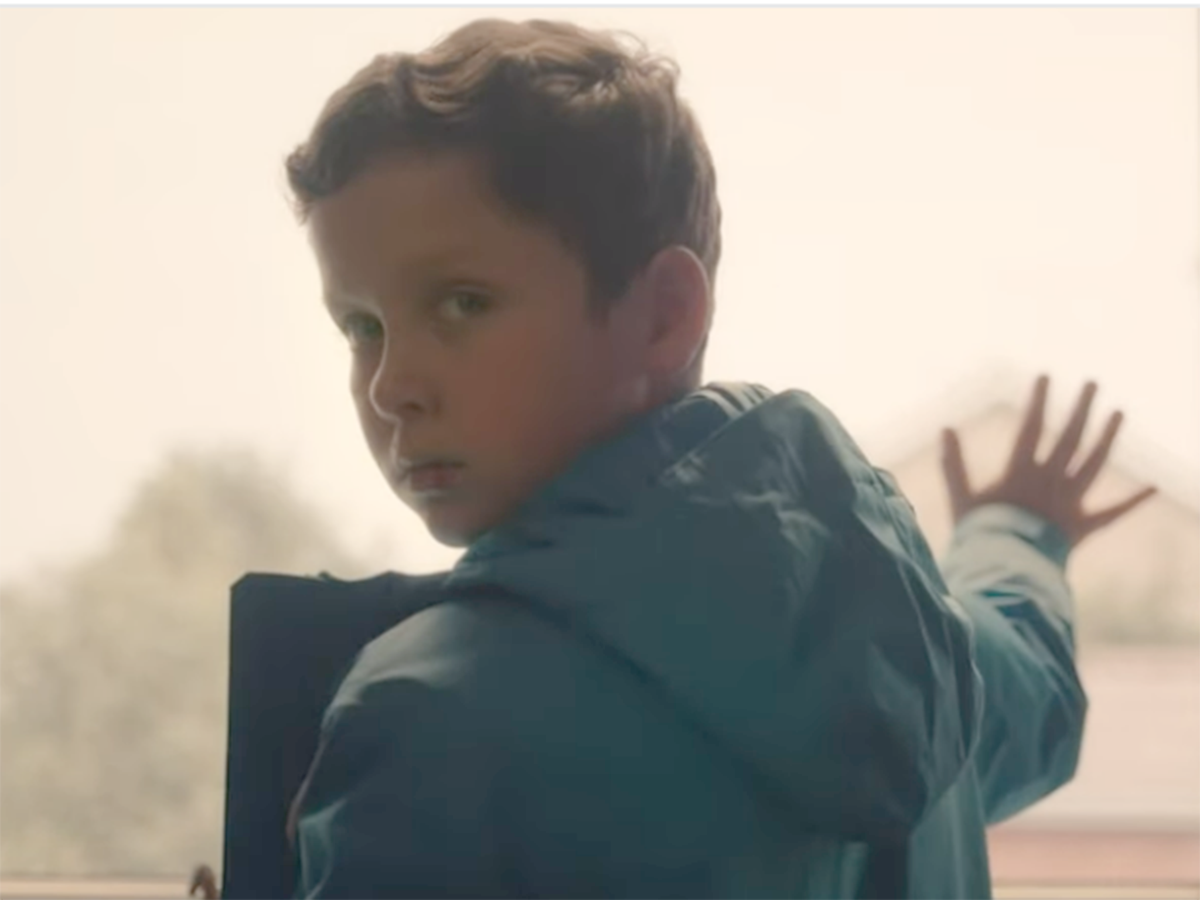
I’m always scandalised when someone allows their kid to play the creepy weirdo on TV. I imagine the character prep they do at home. When you go to work today, sweetie, I want you to act like you’ve seen a ghost who’s told you not to tell anyone. I want you to stare unblinkingly into the sky like it’s whispering secrets. Today, I want you to wee on a bully’s rucksack when the director tells you to, but at real school, handle your problems with words. Do you tell your son he’s playing the freak? Do you tell him that if he’s deranged enough, adults will dress as him for Halloween for decades to come?
The haunting thriller The Devil’s Hour (Amazon Prime Video) stars just such a child actor (Benjamin Chivers), though it’s too soon to say if his Isaac will end up the series villain or its oracle. The story is told across multiple timelines and jumps between characters that seem destined to collide, but are so far bridged only by a coincidence. Nikesh Patel, who you may recognise as the charming cad from Hulu’s charmless TV adaptation of Four Weddings and a Funeral, plays Ravi Dhillon – a 35-year-old DI who still gets “wobbly” at the sight of blood. An ever-reliable Jessica Raine is Lucy Chambers, Isaac’s stressed-out mum. They both separately mention fireworks for no reason at all. WHAT CAN IT MEAN?
The show’s nonlinear structure makes the plot impossible to summarise or, if I’m being honest, understand. It’s about Lucy, a maxed-out social worker who wakes every night at 3:33am exactly, which she calls – in episode one’s shoe-drop moment– “the devil’s hour”. WHAT CAN IT MEAN? It’s about Isaac, a boy so lonely his imaginary friends can’t hear him, or so he tells the seventh child psychologist he’s seen to date. ARE THEY DEAD? It’s a buddy cop show about “wunderkind” Ravi and his wizened partner (Alex Ferns) – opposites who, in a welcome deviation from the well-worn trope, work in tandem rather than antagonise each other.
It’s also, in another more threatening timeline, about Peter Capaldi, who asks a red-eyed Lucy questions while handcuffed to a stainless steel table, evoking menacing shades of Hannibal Lecter. “What’s the worst thing you’ve ever experienced?” he wants to know.
First and foremost, at least in the two episodes screened for critics, The Devil’s Hour is an atmosphere. Lucy suffers from bouts of deja vu – a cheap but effective shortcut to terror. The soundtrack thrums with violently thunderous bass and the most exquisitely disturbing use of a Beach Boys B-side, which I shan’t spoil here. We get an unexplained glimpse of a child’s blood-spattered stuffed animal. A motel room wallpapered with a madman’s newspaper clippings. Isaac’s crayon drawing of a person he’s yet to meet.
The sinister image collage is evocative, but ultimately a show like The Devil’s Hour is only as good as its pay-off. I, for one, am convinced enough by the early episodes to stick around and find out exactly how creepy a kid we’re dealing with this Halloween.







